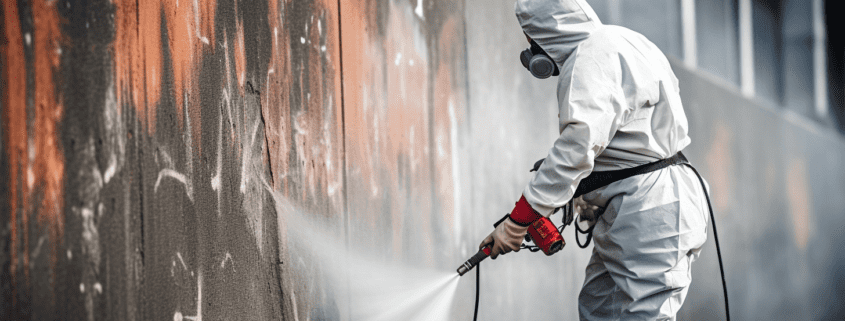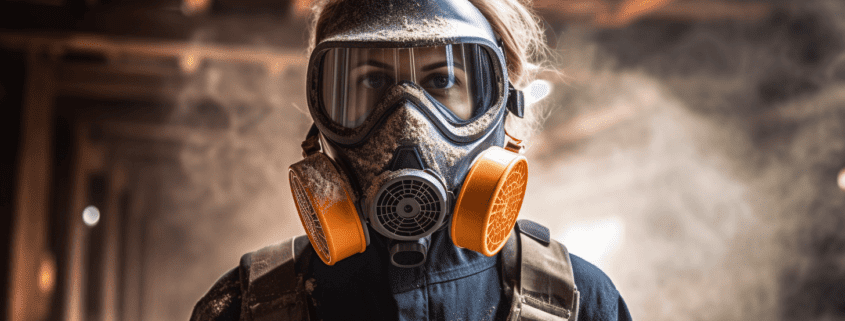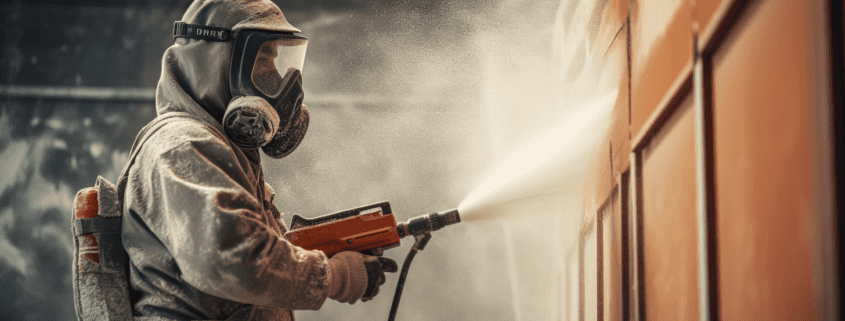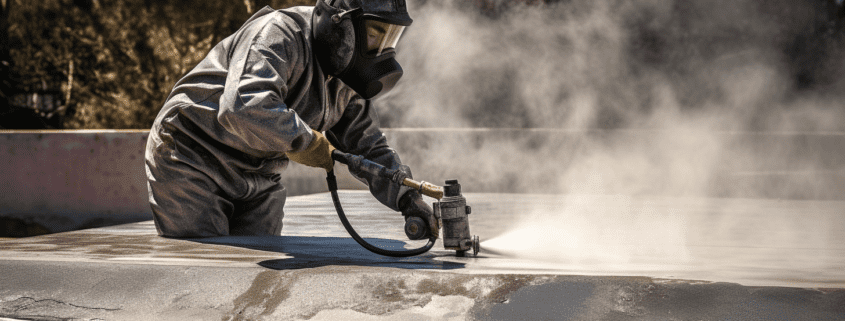Welcome to Soda Tec, your trusted soda blasting specialists in Australia! We pride ourselves on providing eco-friendly and efficient solutions for various cleaning and restoration needs. In this blog post, we will delve into the world of graffiti removal and how soda blasting emerges as a viable and non-damaging option for combating this urban nuisance. Let’s explore how this gentle yet powerful cleaning technique can help restore the pristine appearance of surfaces without causing harm.
Understanding the Graffiti Menace
Graffiti is a prevalent issue faced by property owners and municipalities across Australia. While some graffiti may be artistic expressions, most of it constitutes vandalism, defacing public and private properties. Graffiti not only damages the aesthetic appeal of buildings, walls, and infrastructure but also fosters a sense of neglect and can attract other criminal activities. Therefore, it becomes crucial to address this problem promptly and effectively.
Traditional Graffiti Removal Methods: Their Limitations
Traditional graffiti removal methods, such as sandblasting or harsh chemical cleaning, may provide results, but they often come at a cost. These methods can cause significant damage to the underlying surfaces, especially if they are made of sensitive materials like wood, brick, or stone. The aggressive nature of traditional techniques can strip away paint, stucco, or even leave permanent etchings on delicate surfaces, resulting in costly repairs and replacements.
Introducing Soda Blasting: The Gentle Solution
Soda blasting, on the other hand, offers a gentler alternative to remove graffiti effectively without causing harm to the substrate. This non-damaging option involves propelling specially formulated sodium bicarbonate (baking soda) particles at high pressure against the graffiti-covered surface.
How Soda Blasting Works for Graffiti Removal
- Sodium Bicarbonate Abrasive: The fine sodium bicarbonate particles act as a mild abrasive that loosens the graffiti from the surface without scratching or etching it.
- Minimal Impact: Unlike sandblasting or chemical cleaning, soda blasting has minimal impact on the underlying surface, making it ideal for delicate materials and historical structures.
- Environmentally Friendly: Soda blasting is an eco-friendly solution as it uses biodegradable and non-toxic baking soda, reducing environmental hazards.
- Complete Graffiti Removal: Soda blasting can effectively remove graffiti paint, ink, and other substances, leaving the surface clean and restored.
The Soda Tec Advantage
As your Australia-wide soda blasting specialists, Soda Tec brings a wealth of experience and cutting-edge technology to every graffiti removal project. Here’s why choosing Soda Tec ensures a successful outcome:
- Trained Professionals: Our team comprises skilled technicians who are well-versed in the art of soda blasting and graffiti removal techniques.
- State-of-the-Art Equipment: We use advanced soda blasting equipment that ensures precise and controlled cleaning, leaving no damage behind.
- Surface-Friendly Approach: Whether it’s concrete, brick, metal, or wood, our soda blasting process is gentle yet effective on all surfaces.
- Environmentally Conscious: We prioritise environmental sustainability, employing eco-friendly soda blasting materials and adhering to responsible waste disposal practices.
When it comes to graffiti removal, Soda Tec offers a viable and non-damaging option with soda blasting. Our commitment to quality, environmental responsibility, and customer satisfaction sets us apart as your top choice for graffiti removal services in Australia. Let our experts handle the task, and you’ll witness the magic of soda blasting as graffiti vanishes, leaving your surfaces restored to their original beauty. Contact Soda Tec today for all your soda blasting needs!




